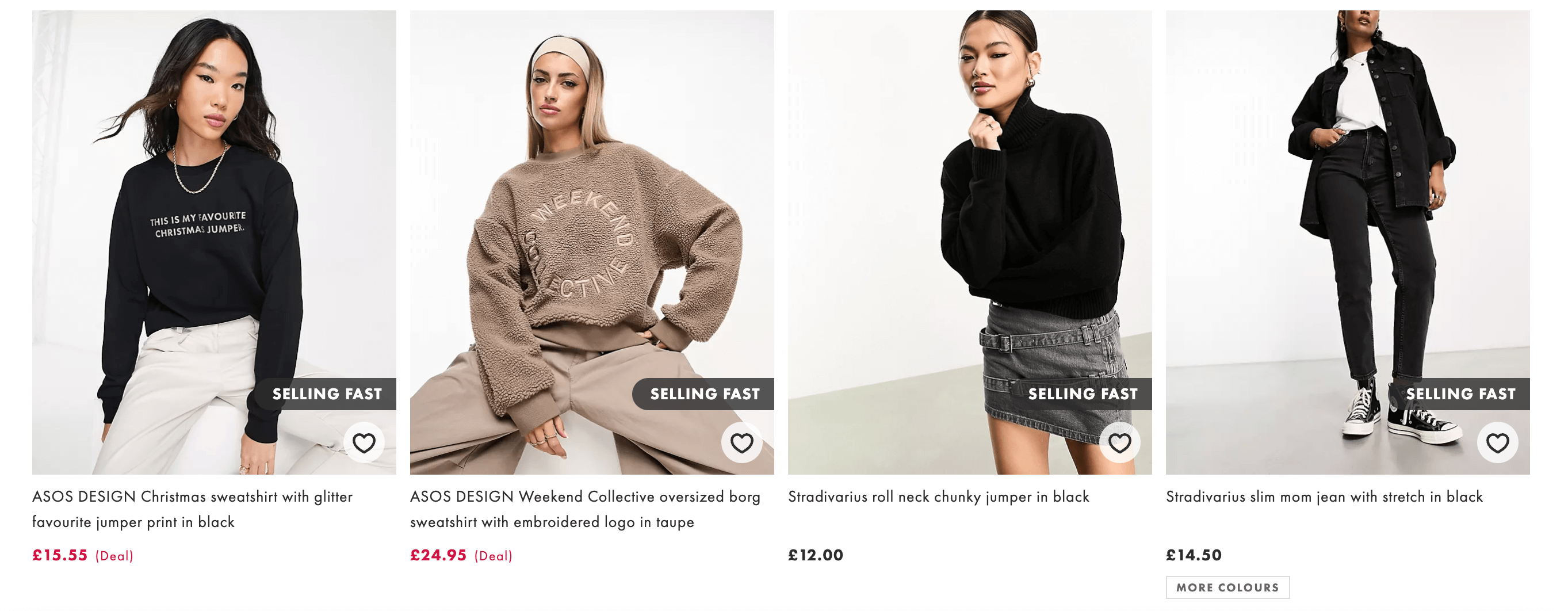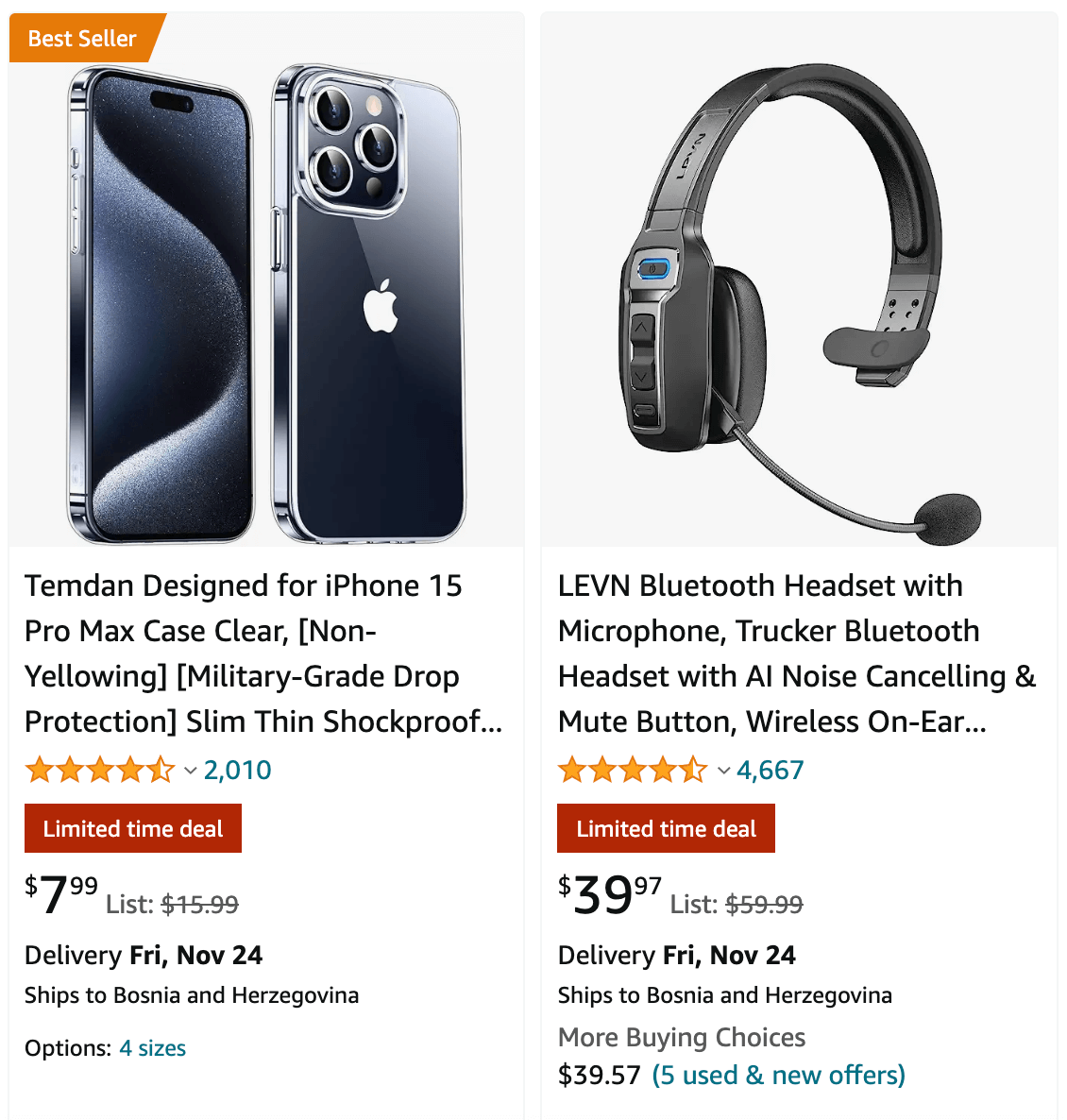FOMO — these four little letters carry so much weight, especially in the lives of younger generations. Fear of missing out, amplified by one’s constant presence on social media and other digital platforms, but also by the role these modern tools play in today’s world.
This journey of exploring psychology and marketing, but more importantly their interconnectivity and influence on buyer’s habits and behavior, started with the phenomenon of social proof. This time around the focus will be on FOMO, another psychological and social phenomenon, which is increasingly more present as modern society develops. Let us first explain what FOMO is and what it means, and then switch to its use in marketing.
History of FOMO
FOMO is an acronym for Fear Of Missing Out, a term constructed in the early 2000’s, immediately after Facebook was launched to broader audiences. This term has been used for the past 20 years to describe a phenomenon associated with using social networks. The credit for constructing this term is oftentimes given to Patrick McGinnis, a writer who used it in 2004 while writing an article for the Harvard Business School magazine, The Harbus, but also to Dan Herman, a marketing strategist who used it in the same year.
This phenomenon and the fear of being left out existed many centuries before the term FOMO was constructed; psychologists and human behavior experts explain that it is in human nature to be included, to form a part of something important, and that humans are social creatures.
The sense of belonging impacts one’s self-esteem, which is why FOMO started gaining traction with the rise of social media. It encompasses the fear of being left out, triggering anxiety, and driving compulsive behaviors like constant refreshing of the social media feeds to avoid missing out on something important and maintain social connections.
How to use social proof in marketing emphasized the role of psychology in marketing, focusing on the phenomenon of social proof. By using FOMO in your marketing projects you can boost sales and gain attention among your target audience.
What is FOMO in marketing
FOMO is more often present with teenagers and young adults, and extroverts, but it does not mean it never affects older or introverted people. It really is present in the lives of (almost) everyone, which makes it a great basis for marketing strategies. FOMO can creep up on you at any moment, whether you are scrolling through your cousin’s vacation photos on Instagram, or seeing an ad featuring a limited-time offer for a product.
Even the slightest fear of missing out on opportunities paves the road to successful marketing. It can increase spending and lead to impulsive buying decisions, but also create customers’ preferences to choose exclusive or higher grade products.
One of the reasons FOMO is so effective in marketing lies in its reliance on the human need for social acceptance and belonging; humans want to feel like they are a part of some communities, even if they are virtual. Another reason for FOMO’s success is that it causes excitement and anticipation around a product or service; when we feel we have access to something others do not, we feel satisfaction and fulfillment, which can be very powerful emotions.
Who is FOMO useful for?
There is not a simple answer to who should use FOMO as a tool in their marketing strategies. We can not set precise limitations which decide if FOMO is good for a certain company or not; it is all about understanding your own goals, but more importantly, understanding your clients and customers.
When should you use FOMO?
What also plays a role in the success of FOMO strategies is timing; if you use it during the holiday season, you will most probably achieve very successful results, unlike using it just after New Year’s celebrations and at the beginning of January, when most people opt out of buying anything other than necessities.
But this is not a rule written in stone, some brands might achieve better results particularly in January; perhaps a travel agency which organizes luxury ski events in the Alps. This serves as a proof that using FOMO as a marketing strategy is not the same for every brand or company; it depends on the product or service the company offers, it depends on different factors related to the time of the year and buying habits connected to it.
Benefits of using FOMO in your marketing efforts
Some of the benefits of using FOMO in marketing are quite obvious; because it is linked to human behavior and psychosocial attributes, it causes a boost in sales, increases customer loyalty, enhances emotional connections with the brand, and grows the brand on the market.
It also creates a sense of urgency and increases engagement, whether digital and online, or real life engagement with the brand. FOMO can also improve a brand’s perception and image in the public eye; offering exclusive deals allows brands to be perceived as more valuable. In addition to that, it also acts as great social proof because exclusive and limited offers and products attract more user-generated content, more reviews and ratings, more testimonials etc.
Create a sense of scarcity and limitations
It is not said that forbidden fruit is the most appealing without a reason, right? When something is limited and available in small quantities, or when everyone else is getting it, buying it, experiencing it, it immediately becomes even more attractive and interesting, and the feeling of having to have it increases with each minute. Sounds familiar?
Limited access, limited offers, and scarcity approach work wonders when it comes to FOMO in marketing. It is most commonly used on online shopping platforms such as ASOS.

Source: ASOS
ASOS, just like many other online shopping platforms, engages their customers by using a scarcity approach with captions and tags which read “Selling fast”, “Bestseller”, “Almost out of stock”, “Only ten more left”, “Only left in size M”, and many others.
These captions and tags are not always completely true, but they do affect buying decisions, especially when you have already accepted all the cookies, and webshops know which size you wear, or which fashion style you prefer, so they purposefully show you those items you are going to love, but with a limiting tag that is going to persuade you to add it to your shopping cart.
Make it urgent
Modern society and the technologically advanced world we live in have made us very impatient and time-sensitive. Everything needs to happen now, exactly when we want it. Imagine that each time you want to read about current events, you need to go out in the street and buy a newspaper, or talk to your friends by sending letters which take days to be delivered. Well, that is just how our parents or grandparents lived, but not us. Our lives are infused with instant culture, instant produce, instant service — and that is exactly what brands use to boost their sales and to influence our buying decisions.

Source: Amazon
Urgency and time limits on special offers are very effective in creating the FOMO phenomenon with customers; it leaves them almost no time to think their buying decisions through, because they are under pressure to act now or lose the benefit they will get if they order or buy now. Time urgency can be promoted with lower prices, with buy-one-get-one-for-free deals, with free shipping, with discount for next purchase and many other sales tactics.
Say it is exclusive
Just like the previous two methods of using FOMO, the third one also relies on making something unavailable. This time it is all about rewarding most loyal customers or VIP clients, while leaving something out for the rest of the customers. This method serves two purposes — to actually reward loyal customers and show how grateful the brand is for their loyalty, but also to show all the other clients and customers what they are missing out on if they don’t become premium users or VIP customers.

Source: dm BiH
The appeal of something being exclusive is that not everyone can have it. How is this achieved in practice? There are different ways — some airlines offer VIP status for their clients who always choose first class, and VIP status gets them discounts or special benefits; some brands show gratitude for their social media followers by posting discount codes on their story which means only most active followers will get to use it; some webshops allow certain purchases only after registering and subscribing to newsletters, but also reward each registration and subscription with a useful benefit for the user. Brands also give their loyal customers early access to products or services or even more discounts than regular customers get. In this case, less is not more; more is more, and everybody likes more.
Common mistakes to avoid
Even though FOMO sounds like an excellent tool to use in marketing strategies, just like most things in life, it comes with potential risks and downsides.
FOMO can create a negative user or customer experience if a customer buys your product influenced by your FOMO methods, and ends up being disappointed when the product does not live up to expectations created by urgency, scarcity, exclusivity or other FOMO limitations.
Another downside is that it can affect the brand’s image to be perceived as manipulative and aggressive if it offers too many exclusive and limited deals.
To wrap things up…
Fear of missing out or the FOMO phenomenon is one of many examples how the use and knowledge of psychology can improve marketing efforts, and all because of a simple reason: marketing aims at people, relies on people, and its success depends on people.
The more you learn about human behavior, the more you know your target audiences, and the more you understand their habits, goals, needs and fears, you are more able to influence them, to boost your sales, to position your brand exactly where and how you want it.
Marketing does not and should not function like an isolated area of business; the more it connects with other fields and industries, the more it grows and gains success.




